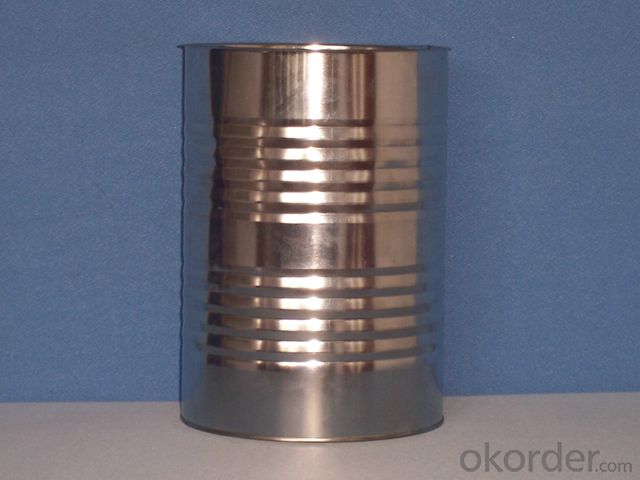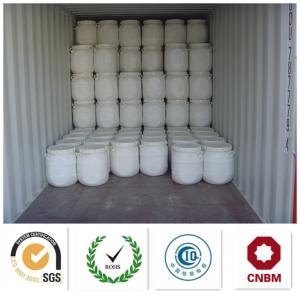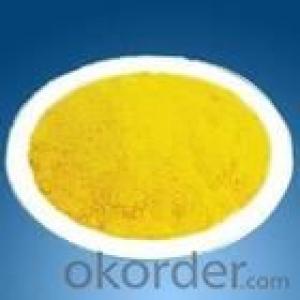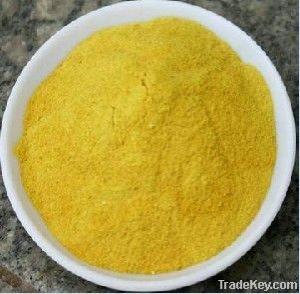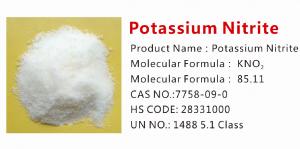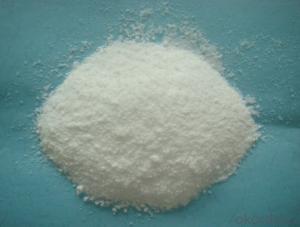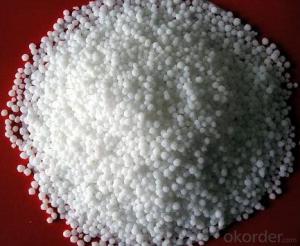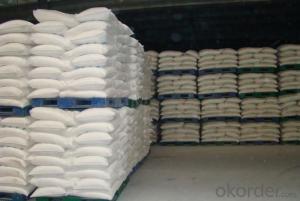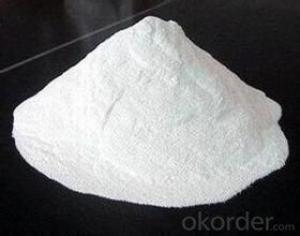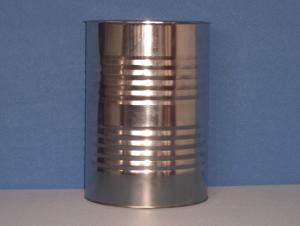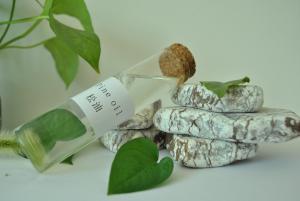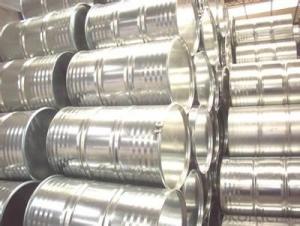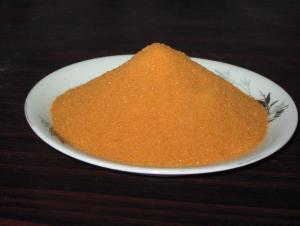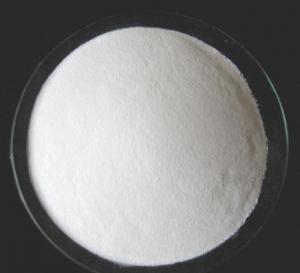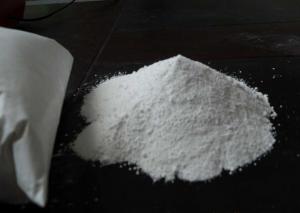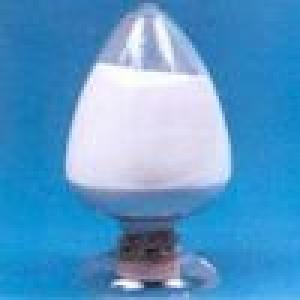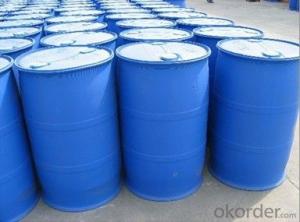Pine Oil with Best Quality and Best Offer and Fast Shipment
- Loading Port:
- Tianjin
- Payment Terms:
- TT or LC
- Min Order Qty:
- 17.6
- Supply Capability:
- 3000 m.t./month
OKorder Service Pledge
OKorder Financial Service
You Might Also Like
1. Structure of Pine Oil Description:
CAS NO.: 8002-09-3
MF: C10H17OH
PURITY:
Purity: 45% 50% 70% 80%
Packing&Delievery: 170kg/iron drum (Capacity of per 20'FCL: 80 drums,totally 13.6mt per container)
All year Delievery
2. Main Features of Pine Oil:
The pine oil is widely used in the flotation of various metallic and non-metallic minerals. It is mainly used in the flotation of various sulfide ores,such as lead,copper,zinc,and iron sulfide,and non-sulfide minerals. It exhibits some collecting properties,especially for readily floatable minerals such as talc,graphite,sulphur,molybdenite and coal etc.The froth produced by pine oil is more persistent than that produced by other frothers.As a good foaming agent of non-ferrous metals,has been widely used both at home and abroad,with low foam,high concentrate grade,strong adaptability,fine and dense foam and the foaming speed and defoaming speed is fast,easy operation,no impact on subsequent flotation and is appropriate the separation of polymetallicore.
3.Pine Oil Images



4.Pine Oil Specification
Item | 50% | 65% | 70% | 85% |
Appearance | Slight-yellowish or brown-yellowish oil-shape liquid. | |||
Color and state( Max). | 6 | 6 | 6 | 6 |
Content of water (Max). | 0.7 | 0.7 | 0.7 | 0.7 |
Total acid value (Min) | 50 | 65 | 70 | 85 |
Gravity | 0.866 | 0.90-0.92 | 0.90-0.92 | 0.92-0.94 |
Distillation range(°C) | 168-230°C | 170-225°C | 170-225°C | 190-225°C |
Impurities(MAX) | 0.5% | 0.5% | 0.5% | 0.5% |
PH value | 5-7 | 5-7 | 5-7 | 5-7 |
Impurity( Max). | 0.5 | 0.5 | 0.3 | 0.3 |
5.FAQ
1)How many tons does your factory can supply each moth?
30000tons/month
2)How to quarantee the quality of the products?
you can arrange SGS&BV or other quality inspection.
3)How many days you need to pepare the cargo after we made the order?
- Q: Can you please help me with this question and give me a website reference.
- Many of these materials enter the water through natural channels---minerals, salts and the like come from exposure to rocks, dirt and other inorganic materials.
- Q: Definition of inorganic salts
- In addition to hydrogen, oxygen, nitrogen, carbon, sulfur, organic compounds other than organic compounds are collectively referred to as inorganic salts. The inorganic salts required by the human body, according to the content in the body, divided into essential elements (hydrogen, oxygen, nitrogen, , Magnesium, phosphorus, chlorine, potassium, sodium 11) in the human body content, the need for larger also known as macro elements of the source 2, the rest of the various elements, regardless of content, can be collectively referred to as inorganic salts. More elements such as iron, magnesium, potassium, sodium, phosphorus, sulfur, chlorine and other elements, other elements such as iron, copper, iodine, zinc, manganese, drilling, etc., due to the existence of a small number, and some even trace Known as trace elements, 3, what is the "inorganic salt", the body contains elements in addition to carbon, hydrogen, oxygen three elements mainly in the form of organic matter, the rest of the various elements are in the form of inorganic matter, collectively referred to as inorganic Salts such as calcium, magnesium, potassium, sodium, phosphorus, scratch, sulfur and the like
- Q: Can inorganic salts act as stabilizers for emulsified asphalt?
- can. The general use of calcium chloride and ammonium chloride more stable emulsifier
- Q: Eat what food can add inorganic salt
- Most of the food contains inorganic salts, the so-called inorganic salts, also known as minerals or ash. Minerals are naturally occurring compounds or natural elements in the crust. There are about 50 kinds of minerals in the human body, although they in the human body only 4% of body weight, but it is an essential part of the organism. According to their content in the body how much can be divided into constant elements and trace elements two categories. The body is actually composed of various elements (macro and trace). Many of these mineral elements are essential components of the enzyme, which can regulate a variety of physiological functions (such as maintaining osmotic pressure, oxygen transport, muscle contraction, nervous system integrity), but also tissue and bone growth and maintenance necessary. Some (such as calcium, phosphorus, sodium, magnesium, sulfur, chloride) content is large, while others are only trace. Human essential trace elements are cobalt (such as vitamin B12), copper, fluorine, iodine, iron, zinc, chromium, selenium, manganese, molybdenum In terms of its impact on experimental animals, nickel, tin and arsenic should also be considered necessary. Most minerals (except zinc) are widely distributed in a variety of foods and can be fully supplemented by balanced and diversified diets. However, there is a need for additional supplements to patients who have been relying on intravenous nutrition for long periods of time, infants and older persons, or because of the lack of regionalities caused by soil and water quality.
- Q: Is calcium carbide inactive?
- Calcium carbide, the chemical formula for the CaC2, not inorganic salts. Salt refers to the metal ions and acid ions of the compound, calcium carbide does not have the corresponding acid.
- Q: What is the relationship of electronegativity and the solubility of a inorganic salts?Does the solubility increase when electronegativity decreases or vice-versa? or neither...
- The higher the electronegativity, the stronger the acid would be... Therefore it would be more soluble. take NaCl (common table salt) as an example. The difference between Na's electronegativity and Cl's electronegativity is very high so NaCl is a very soluble salt. The only exception is HF - it is a weak acid - it dissociates very weakly because O-H bonds cannot break H-F bonds which are very strong.
- Q: Now need to determine the freezing point of inorganic salt solution, what kind of freezing point instrument is more accurate?
- With antifreeze.
- Q: in the ocean
- Salts are the result of the association of cations and anions. Cations are usually metals like Calcium, Sodium, Potassium anions are ususally sulfates, phosphates, carbonates...... calcium carbonate and calcium phosphate are useful in making bone. Potassium Chloride is important in heart beat regulation Sodium Chloride is important in maintaining blood pressure. Carbonate is important in blood chemistry and the transfer of energy within a cell. all these salts are found in abundance in the ocean. If you follow evolution, those salts in the ocean have given rise to our own blood chemistry and organic health.
- Q: The addition of inorganic salt viscosity of micelles increased first and then increased again and then reduced, there is no possibility ah? Yes, then what is the reason for the increase ah?
- possible. The inorganic salt is dissolved in water to form positive and negative ions, and the ions of the micelles are extruded to make the solubility smaller and form an increase in the viscosity. With the increase in the amount of inorganic salt, it does not have the ability to dissolve in water, there is no micelles and the molecular state exists in the water, the liquid becomes thin ...
- Q: I am told to find which bottled mineral water brands contain the most mineral salts.But im not sure if the mineral salt here is talking about the common table salt (Sodium Chloride) or the chemical salt (ionic compounds such as sulfate and chloride) or the whole list of dietary minerals (potassium, chlorine, calcium, magnesium, ect.) I normally think it is just the table salt but im afraid I might get wrong. So what is the exact definition?
- Definition Of Mineral
Send your message to us
Pine Oil with Best Quality and Best Offer and Fast Shipment
- Loading Port:
- Tianjin
- Payment Terms:
- TT or LC
- Min Order Qty:
- 17.6
- Supply Capability:
- 3000 m.t./month
OKorder Service Pledge
OKorder Financial Service
Similar products
Hot products
Hot Searches



